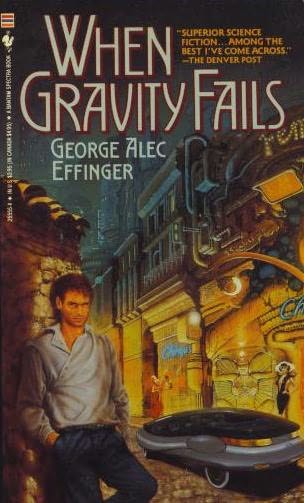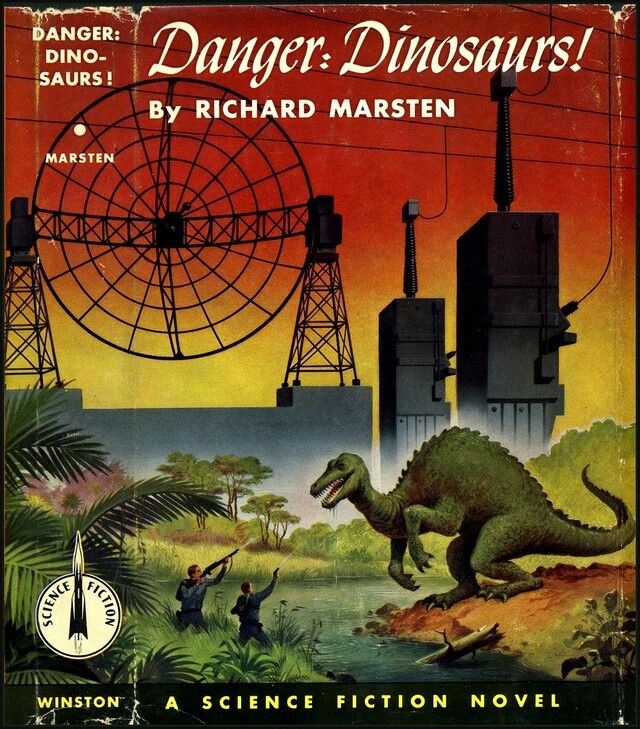By Scott A. Cupp
This is the 161st in my series of Forgotten Books.
I love the work of Robert E. Howard. The man from Cross Plains is one of my literary heroes along with Jack London, Edgar Rice Burroughs and Neal Barrett, Jr. And this year I made my second trek to Cross Plains for Howard Days, where he is celebrated in the manner he should be.
I first discovered his work in the mid-1960s with the various Lancer, Ace and Dell editions, particularly the Conan and Kull stories. Then, in the 1970s, the Donald Grant hardcovers along with the Zebra paperbacks brought him deep into my grasp. I managed to get an Arkham House Skullface and Others from the university library. But I had to give it back. Later I got the Neville Spearman hardcover from the UK. When I sold my books I was sorry to see it go, so I was ecstatic when Half Price Books put it into their clearance for $3 about a month later. It’s not going anywhere anytime soon.
I was also pleased to co-edit Cross Plains Universe: Texas Writers Celebrate Robert E. Howard for the 2006 World Fantasy Convention, where we honored Howard’s centenary. It’s one of the best things I have ever done and I remain inordinately proud of the book.
So, this year, when I went to Howard Days, I got to revisit the Howard house and look at where the magic happened. I took my wife with me since she had never been. It was a great weekend.
And while I was there, I bought some books from the Robert E. Howard Foundation, including this week’s offering, Spicy Adventures. I have a fondness for old pulp stories, particularly the Spicy pulps. I blame Steve Mertz who introduced me to Robert Leslie Bellem and his skewed stories back in the early ’80s. Between him and John Wooley, I read a lot of those things.
By today’s standards, the Spicies are pretty tame. But in the ’30s, you could get in some trouble in the Bible belt if you were seen with one. The Spicies frequently had women in scanty clothing, sometimes ripped or missing. Sex was implied but never seen. And REH wrote several stories for them.
Here we have the five tales that Spicy Adventures bought from Howard, as well as three others written for the market but not purchased. And you also get four synopses and two earlier draft versions of a story as well as an informative introductory essay by fabulous Howard scholar and all around good guy, Patrice Louinet.
The stories are pure pulp adventure, fueled with adrenaline. “The Girl on the Hell Ship,” which has previously been the title story in a paperback collection called She Devil is the first offering. This one was written at the urging of E. Hoffman Price (the only man known to have shaken the hands of both Howard and H. P. Lovecraft, which got him many beers at conventions). Price was regularly selling to Spicy Adventures and found it to be easy money. (For a taste of Price’s work, a wonderful e-book titled The E. Hoffman Price Spicy Adventure Megapack from Wildside Press makes a wonderful experience for your Kindle).
“The Girl on the Hell Ship” features Wild Bill Clanton, who finds young maiden Raquel trying to flee from two brutes from the ship Saucy Wench on a South Pacific island. Things get wild and Clanton eventually assumes command of the ship with the prize of his passion. “Ship in Mutiny” finds Clanton and Raquel displaced from the ship by mutineers who inadvertently kill the only person other than Clanton who can steer the vessel. Unfortunately, the local man-hungry queen of the natives has her eyes on him.
Other fun stories include “The Purple Heart of Erlik,” which Roy Thomas made into a Conan comic (if I recall correctly and I may not) that features a young female grifter trying to escape from the Far East and trapped into a scheme doomed to failure. And then there’s “The Dragon of Kao Tsu” with more Eastern adventure.
Wild Bill Clanton appears in several stories. He is kind of fun.
The book is relatively short, a mere 211 pages. But it has a great cover from premier Howard artists Jim and Ruth Kreegan. It’s a little pricy, but the sales benefit the Robert E. Howard Foundation, which is dedicated to preserving and presenting the works of REH as he wrote them. If you read the deCamp Howard collections, you did not get the full, real Robert E. Howard. So buy books from the foundation.
I picked up 7 books while I was at Howard Days. I didn’t want to spend that much money, but I really, really, really wanted the titles. This particular book is limited to 250 copies. If you are interested, do not hesitate. Check out their website to see all the various volumes available.
Also, if you’re a Howard fan, check out Project Pride, the lovely locals in cross Plains who maintain the Howard House and help host Howard Days.
It’s all worthwhile. And may Crom ignore you when you need it.
Series organizer Patti Abbott hosts more Friday Forgotten Book reviews at her own blog, and posts a complete list of participating blogs.





